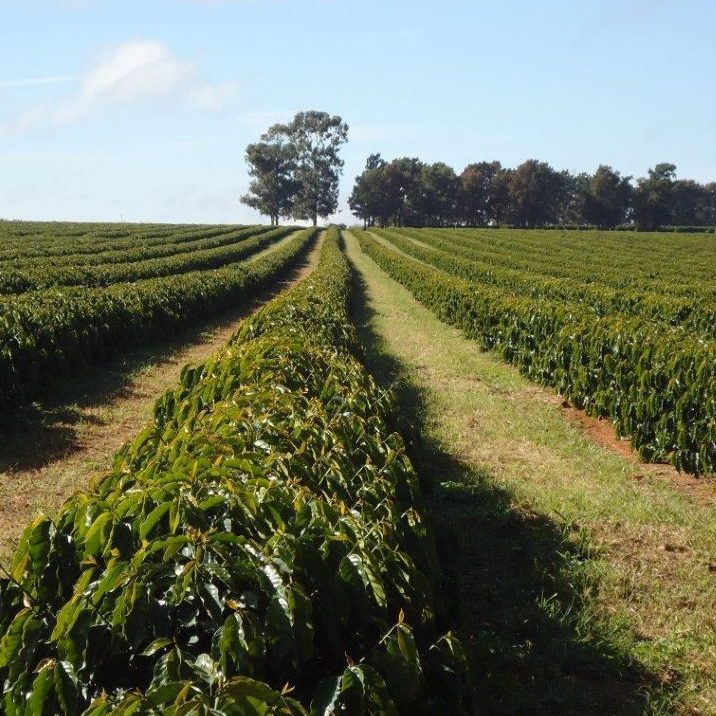Description
Coffee Origin
Coffee production in Brazil is responsible for about a third of all coffee, making Brazil by far the world’s largest producer, a position the country has held for the last 150 years. Coffee plantations, covering some 10,000 sq mi, are mainly located in the southeastern states of Minas Gerais, Sao Paulo, and Parana where the environment and climate provide ideal growing conditions.
The crop first arrived in Brazil in the 18th century and the country had become the dominant producer by the 1840s. Brazilian coffee prospered since the early 19th century, when Italian immigrants came to work in the coffee plantations. Production as a share of world coffee output peaked in the 1920s but has declined since the 1950s due to increased global production.
Cerrado
Cerrado is a region in the state of Minas Gerais, the largest coffee-producing state in Brazil. Coffee has been a major crop in this region since the 1980’s mainly because of the devastating black frost of 1975 that forced growers from the Parana region to relocate north to Cerrado and other areas of Minas Gerais. Today, coffee is produced by over 4,500 growers on 175,000 hectares of farmland with yields of approximately 5.5 to 6.0 million bags per year. The coffee is grown in rich soil that the natives call “Terra Roxa” or “Red Earth” and other factors such as consistent rains, high daytime temperatures, and dry winters combine to make the Cerrado region ideal for producing coffee.








Reviews
There are no reviews yet.